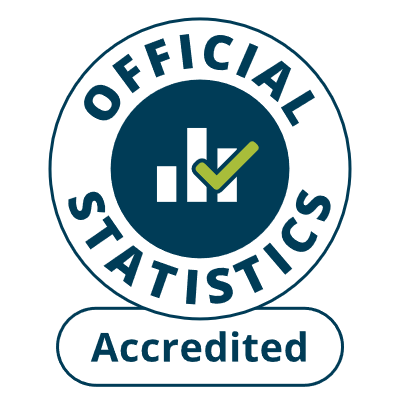
 Gross Disposable Household income by measure, Welsh economic region and year - Archived - No longer updated
Gross Disposable Household income by measure, Welsh economic region and year - Archived - No longer updated
Archived - No longer updated - All data relating to Gross Disposable Household Income and other breakdowns below, is available in the econ0016 dataset.
None
|
||||||||||||||||||||||||||||||||||||||||||||||||||||||||||||||||||||||||||||||||||||||||||||||||||||||||||||||||||||||||||||||||||||||||||||||||||||||||||||||||||||||||||||||||||||||||||||||||||||||||||||||||||||||||||||||||||||||||||||||||||||||||||||||||||||||||||||||||||||||||||||||||||||||||||||||||||||||||||||||||||||||||||||||||||||||||||||||||||||||||||||||||||||||||||||||||||||||||||||||||||||||||||||||||||||||||||||||||||||||||||||||||||||||||||||||||||||||||||||||||||||||||||||||||||||||||||||||||||||||||||||||||||||||||||||||||||||||||||||||||||||||||||||||||||||||||||||||||||
Metadata
- Summary information
- High level information
- Weblinks
- Keywords
- Statistical quality information
- Open Data
General description
The data give estimates of gross disposable household sector income for the UK, Wales, Welsh economic regions and Welsh sub-regions for the period 1997 to 2015.Data collection and calculation
Gross disposable household Income (GDHI) is one of the balances drawn in the household sector of the National Accounts. The sector actually covers households, sole-traders and not for profit institutions serving households (such as universities and charities).GDHI is an estimate of the amount of money that households have available for consumption expenditure or saving. It is equivalent to the excess of income (including earnings, pensions, investments, benefits etc) over expenditures associated with their income (tax, property ownership and the provision for future pension provision).
Estimates of GDHI presented here are consistent with the 2016 edition of UK National Accounts - The Blue Book.
Frequency of publication
AnnualData reference periods
1997 to 2017Rounding applied
Figures are rounded and so there may be some apparent slight discrepancies between the sum of constituent items and the totals as shown.Title
Household income by Welsh economic region - Archived - No longer updated - All data relating to Gross Disposable Household Income and other breakdowns below, is available in the econ0016 dataset.Last update
24 May 2019Next update
Archived - No longer updated - All data relating to Gross Disposable Household Income and other breakdowns below, is available in the econ0016 dataset.Publishing organisation
Welsh GovernmentSource 1
Regional Accounts, Office for National StatisticsContact email
economic.stats@gov.walesDesignation
National StatisticsLowest level of geographical disaggregation
EU NUTS3 regionsGeographical coverage
WalesLanguages covered
English and WelshData licensing
You may use and re-use this data free of charge in any format or medium, under the terms of the Open Government License - see http://www.nationalarchives.gov.uk/doc/open-government-licenceKeywords
Household incomeStatistical quality
GDHI is an estimate of the amount of money that households have available for consumption expenditure or saving. It is equivalent to the excess of income (including earnings, pensions, investments, benefits etc) over expenditures associated with their income (tax, property ownership and the provision for future pension provision).GDHI is made up of the balance of primary incomes less the balance of secondary incomes. The balance of primary incomes are the result of individuals’ participation in the production process, for example, as employees providing labour or through the ownership of assets and/or from self-employment less primary uses which consist of property income paid, i.e. rent on land and interest paid on mortgages and other borrowing. The balance of secondary incomes are received as the result of redistribution of income, for example, pensions and benefits less secondary uses which are mainly non-discretionary payments, i.e. taxes and social contributions to National Insurance.
Estimates of GDHI presented here are consistent with the 2016 edition of UK National Accounts - The Blue Book.






 1999
1999